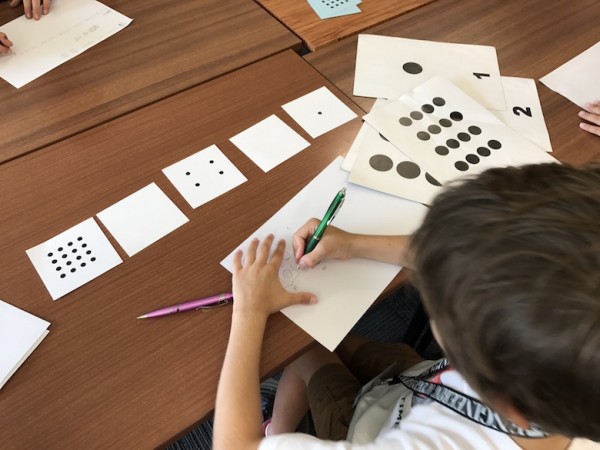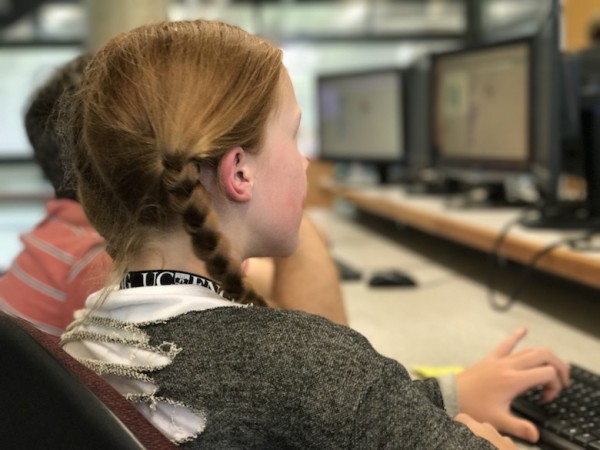Pīkau 1: Why Digital Technologies?
How much do young people actually know about Digital Technologies? Watch this video for some ideas about this.
View the transcript for this video
Links to existing knowledge
Digital Technologies relates to many ideas that are already taught in schools - but perhaps not the ones that people might think of first!
A lot of the ideas in Digital Technologies will draw heavily on the capabilities that are expressed in the key competencies of The New Zealand Curriculum.
Thinking
Using language, symbols, and texts

Managing self
Relating to others
Participating and contributing

For example, when we look at programming in more detail, we’ll see that it involves:
- figuring out what you are going to program (which exercises communication skills to find out what the program should do for others)
- designing and writing the program (often working with others)
- testing that it works as needed (which exercises rigour – you want to have the self-discipline to find faults rather than have the users of your program find them)
- persistence (once a fault has been identified, the cause needs to be tracked down).
Language, symbols, and text are a big part of Digital Technologies, and students will be exploring new ways to represent and communicate ideas.
Coming up with ideas for digital outcomes involves creativity. Perhaps counter-intuitively, creativity thrives when there are constraints on what can be done. Working within the constraints of what can be done digitally provides opportunities for creativity in the rich realm of possibilities to explore.
These are all capabilities that you may have already been encouraging in your students.
And while Digital Technologies may seem new, you may already have been doing parts of it while you have been teaching and learning in the technology learning area.
Inquiry learning and problem solving activities are often located in the Technology strands – in the “doing and thinking” in Technological Practice (brief development, planning, and outcome development and evaluation).
When learners apply specialist disciplinary knowledge and understandings, this falls within the Technological Knowledge strand – the “knowing” (modelling/testing/trialing, and systems).
The deeper questioning is the “why”, (such as, why does Technology change, what drives it and what are the results in made outcomes?) This falls within the Nature of Technology strand (characteristics of technology and characteristics of technological outcomes).
These strands are woven into the new digital technologies and hangarau matihiko content through the progress outcomes.
How are your students better off?
What have our students been missing out on?
Download a transcript for this video
Watch as many videos from the following students as you like, before jumping over to the next section to hear about teachers’ experiences.
What have our students been missing out on: Caitlin Duncan
Download a transcript for this video
What have our students been missing out on: Izzy Joe
Download a transcript for this video
What have our students been missing out on: Hayley van Waas
Download a transcript for this video


